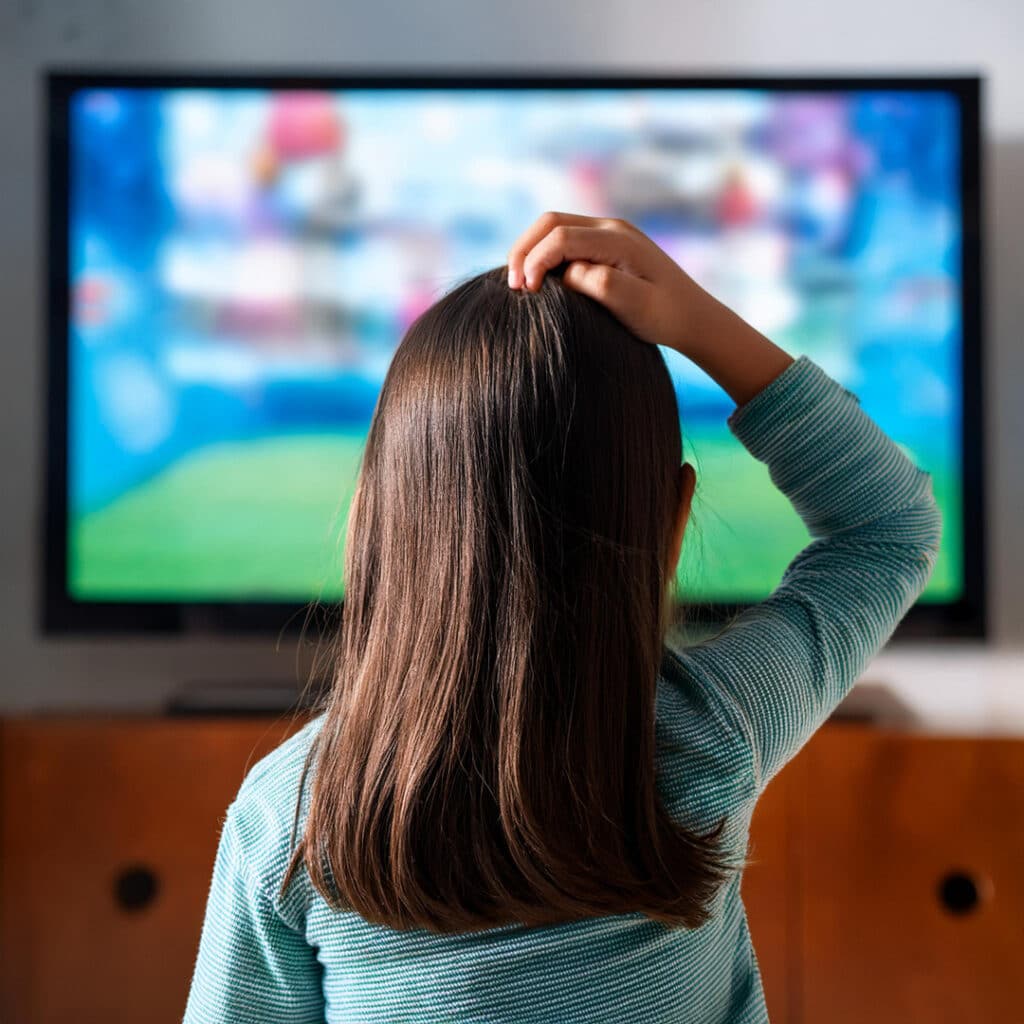4 Signs You Have Head Lice
Head lice can affect anyone, but early detection makes a huge difference in getting rid of them quickly and effectively. Knowing the symptoms of head lice is the first step in tackling an infestation before it becomes a bigger problem. In this guide, we’ll walk through the critical early symptoms of head lice, how to spot the beginning signs, and what to do once you identify these unwelcome intruders.
1. Persistent Itching: The Most Common Symptom
One of the most notable early symptoms of head lice is itching. While various factors can cause itching, persistent itching around the scalp, neck, and behind the ears is a significant beginning sign of lice. This is caused by an allergic reaction to the bites of lice, which feed on the blood from the scalp.
What to watch for:
- Itching that does not subside after shampooing or cleaning.
- Scratching becomes frequent and more intense, especially in the nape of the neck or behind the ears, where lice congregate.
- If your child or someone in your household is scratching excessively, it’s time to check for lice.

2. Visible Lice: Catching the Culprits Early
While lice are tiny, they are still visible to the naked eye. Adult lice are about the size of a sesame seed and move quickly across the scalp. If you are inspecting someone’s head for lice, pay special attention to areas behind the ears and along the neckline, as these are lice hotspots.
What to look for:
- Adult lice crawling on the scalp or in the hair.
- Live lice may be gray or brownish and tend to move quickly away from light, making them difficult to spot.
- Using a fine-tooth comb in hair sections can help spot lice more effectively. A thorough examination is essential as one missed louse can cause a full-blown reinfestation.
3. Nits (Eggs): A Key Early Symptom of Head Lice
Nits, or lice eggs, are a telltale beginning sign of lice and are often easier to spot than the lice themselves. Nits are small, oval-shaped, and typically yellow or white. They are glued firmly to individual strands of hair near the scalp, making them difficult to remove. Unlike dandruff, nits won’t flake off with a hair shake.
How to identify nits:
- Nits are close to the scalp, usually within 1/4 inch of the skin.
- They are often found at the base of the neck or behind the ears.
- Nits do not easily move or brush away, unlike flakes of dandruff.
Regularly combing through hair with a lice comb can help you detect and remove nits, but because lice treatments don’t always kill eggs, it’s important to remain vigilant for new hatches.
4. Sores and Redness: The Aftermath of Scratching
As lice bite, it leads to itching; excessive scratching can result in sores, redness, and irritation of the scalp. This can be an indirect symptom of head lice, especially if the affected person develops open sores from constant scratching. In some cases, these sores can become infected if left untreated.
What to look for:
- Small red bumps on the scalp or neck area.
- Irritated or broken skin from scratching.
- Signs of infection, such as swelling or crusted areas.
If a lice infestation progresses to this stage, treatment is urgent to avoid further complications, such as bacterial infections. We recommend always keeping a treatment kit like Licefreee Ultimate Family Kit in your first aid kit for quick, easy treatment.
Protecting Your Home from Lice
Lice don’t just live on the scalp; they can survive for a short period on items like bedding, hats, and clothing. If someone in your home has lice, it’s important to protect your space from infestation by cleaning and disinfecting items that may have come into contact with lice.
What to do:
- Wash bedding, hats, scarves, and towels in hot water and dry them on high heat.
- If items cannot be washed, use a specialized treatment like Licefreee Home to kill the lice on contact. Alternatively, seal unwashable items, such as stuffed animals, in plastic bags for at least two weeks to kill any remaining lice.
- Thoroughly vacuum furniture, carpets, and car seats to remove fallen lice or nits.
Keeping your home clean and treating common surfaces with Licefreee Home can help prevent lice spread to other household members.
Preventing Future Lice Infestations
Once you’ve successfully treated lice, preventing future infestations is just as important. Lice spreads primarily through head-to-head contact, so educating children on healthy habits is key.
Prevention tips:
- Teach children not to share personal items like hats, hairbrushes, or pillows.
- Store coats, hats, and backpacks separately from others in school or daycare settings.
- Regular head checks should be conducted, especially if there has been a lice outbreak in the community.
Knowing the symptoms of head lice and identifying the early signs can significantly prevent a widespread infestation. From persistent itching to visible lice and nits, recognizing these signs allows you to take immediate action. Use lice treatment products to remove lice and follow up with thorough home cleaning to avoid re-infestation.
With vigilance, you can keep your home and family free from lice and avoid the frustration of a prolonged infestation.
